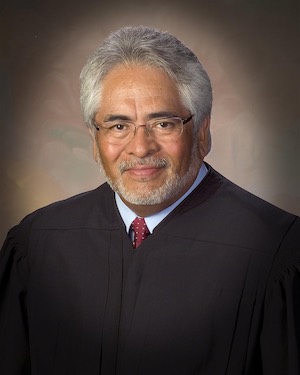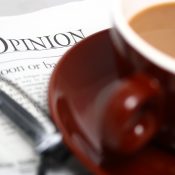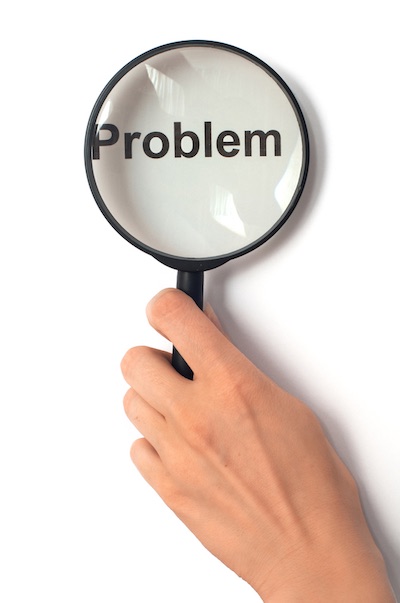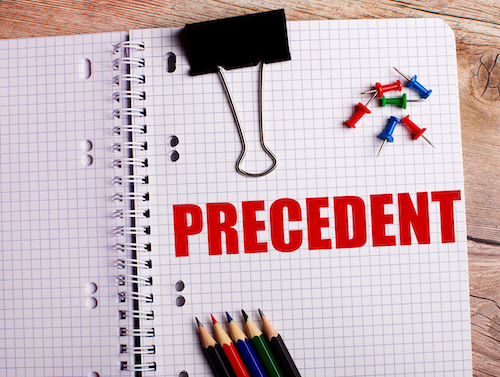Time-bar determinations by the patent office are reviewable by the Federal Circuit.
Wi-Fi One, LLC v. Broadcom Corp., Nos. 2015-1944, 2015-1945, 2015-1946, 2018 U.S. App. LEXIS 387 (Fed. Cir. Jan. 8, 2018) (Before Prost, C.J., Newman, Lourie, Bryson, Dyk, Moore, O’Malley, Reyna, Wallach, Taranto, Chen, Hughes, and Stoll, J.) (Opinion for the court, Reyna, J., in which Prost, C.J., and Newman, Moore, O’Malley, Wallach, Taranto, Chen, and Stoll, J. join) (Concurring opinion, O’Malley, J.) (Dissenting opinion, Hughes, J., in which Lourie, Bryson, and Dyk, J. join).
Inter Partes Review proceedings (IPRs) are subject to statutory timing provisions. The Court, sitting en banc, reviewed whether PTAB decisions determining whether an IPR was timely filed are appealable. More specifically, the Court considered whether the bar on judicial review of institution decisions, under 35 U.S.C. 314(d), applies to the Board’s time-bar determinations, under 35 U.S.C. 315(b). The time-bar is that “[a]n inter partes review may not be instituted if the petition requesting the proceeding is filed more than 1 year after the date on which the petitioner, real party in interest, or privy of the petitioner is served with a complaint alleging infringement of the patent.”
An earlier Federal Circuit decision, Achates Reference Publishing, Inc. v. Apple Inc., 803 F.3d 652 (Fed. Cir. 2015), found that a time-bar determination is final and non-appealable under Section 314(d). Subsequently, the Supreme Court decided that a Board ruling on whether a petition was pleaded with particularity is not reviewable. Cuozzo Sped Technologies, LLC v. Lee, 136 S. Ct. 2131 (2016). However, the Supreme Court left open the possibility of judicial review for 1) decisions that are not closely tied to the application and interpretation of statutes related to the institution decision, 2) decisions implicating due process, and 3) agency actions acting outside statutory limits, e.g. canceling claims for indefiniteness which is prohibited in an IPR.
Applying a “strong presumption” in favor of judicial review of administrative actions, the en banc Court overruled Achates and found that time-bar determinations are reviewable. The There was no clear and convincing indication in the statutory language of the AIA demonstrating congressional intent to bar judicial review of time-bar determinations. Unlike Section 314(d), which deals with the Director’s preliminary patentability findings in a decision to institute review, Section 315(b) (the time-bar provision) concerns the Director’s authority to institute IPRs, which is unrelated to the Director’s preliminary patentability assessment. Therefore, the Section 315 time-bar provision is not closely tied to the institution decision addressed in Section 314—placing it within the examples for potential judicial review set forth in Cuozzo.
Judge O’Malley concurred, but wrote separately, because she viewed the analysis as a simpler question of abuse of discretion. For her, the case turned on a distinction between a statute that gave the Director authority to exercise discretion and one that authorized such a review in the first instance. Judge O’Malley concluded that in situations where an agency exceeds its statutory authority, as a time-bar decision could do, judicial review is proper.
Judge Hughes, joined by Judges Lourie, Bryson, and Dyk, dissented. Judge Hughes wrote that the majority opinion was inconsistent with Cuozzo and the plain meaning of Section 314(d), that the Section 315 time bar was closely tied to and is part of the Board’s institution decision under Section 314.
[Troutman-Ad]
[Troutman-About]

![[IPWatchdog Logo]](https://ipwatchdog.com/wp-content/themes/IPWatchdog%20-%202023/assets/images/temp/logo-small@2x.png)



![[Advertisement]](https://ipwatchdog.com/wp-content/uploads/2024/05/LexisNexis-May-16-2024-sidebar-700x500-1.jpg)
![[Advertisement]](https://ipwatchdog.com/wp-content/uploads/2024/04/Patent-Litigation-Masters-2024-sidebar-last-chance-700x500-1.jpg)
![[Advertisement]](https://ipwatchdog.com/wp-content/uploads/2024/05/Patent-Portfolio-Management-2024-sidebar-super-early-bird-with-button-700x500-1.jpg)
![[Advertisement]](https://ipwatchdog.com/wp-content/uploads/2024/05/Artificial-Intelligence-2024-Getting-AI-Patents-Allowed-sidebar-700x500-1.jpeg)

![[Advertisement]](https://ipwatchdog.com/wp-content/uploads/2021/12/WEBINAR-336-x-280-px.png)
![[Advertisement]](https://ipwatchdog.com/wp-content/uploads/2021/12/2021-Patent-Practice-on-Demand-recorded-Feb-2021-336-x-280.jpg)
![[Advertisement]](https://ipwatchdog.com/wp-content/uploads/2021/12/Ad-4-The-Invent-Patent-System™.png)







Join the Discussion
2 comments so far.
Brian
January 12, 2018 04:04 pmGene,
Can you please write an article on this Apple Admission
“Apple Says Secret Lobbying Campaign Swayed PTO Trial”
https://www.law.com/therecorder/sites/therecorder/2018/01/11/apple-alleges-secret-lobbying-campaign-swayed-pto-trial/?kw=Apple%20Says%20Secret%20Lobbying%20Campaign%20Swayed%20PTO%20Trial&et=editorial&bu=The%20Recorder&cn=20180111&src=EMC-Email&pt=Afternoon%20Update
Should this be brought to attention for executive Influence / Due Process Concern with PTO Trails !
Anon
January 12, 2018 10:49 amI completely disagree with the statement of: “Therefore, the Section 315 time-bar provision is not closely tied to the institution decision addressed in Section 314—placing it within the examples for potential judicial review set forth in Cuozzo.”
It is pure nonsense to say that the IPR sections – in toto – are not directly related, as they clearly are, given how vast and UNrelated many other sections of the AIA law are.
This type of white-washing of writing (or perhaps more correctly rewriting an admittedly horribly written law and admittedly for a very good Ends) statutory law should NOT be advanced as if it were not only achieving a good end, but in itself as a proper Means.
The minority have the better position here.
NOT taking the proper judicial path (either throwing out the law, or obeying the law and admonishing Congress to take note of the necessary consequences of the law as written) does NO ONE any favors and – in fact – breeds MORE of the problems that have plagued patent law (patent profanity due to Court writings).
Just because the Ends reached “find satisfaction,” does not mean a blind eye to the means used should be countenanced.